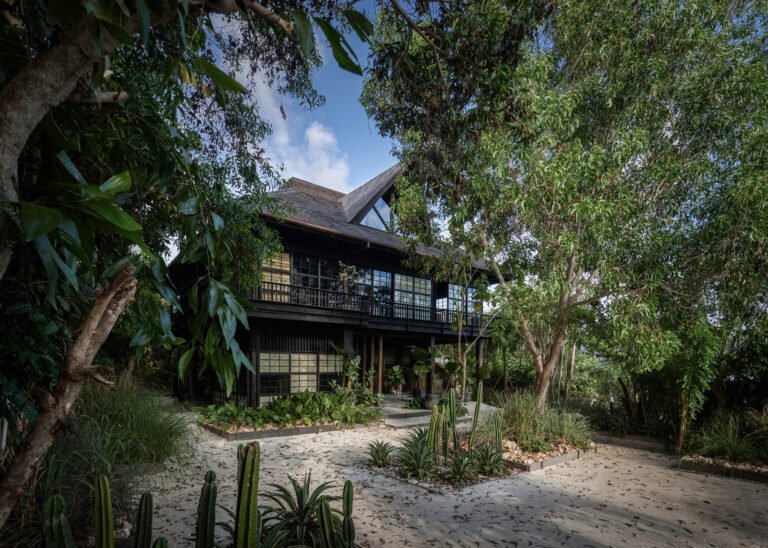6 Surprising Home Renovation Costs to Work Into Your Budget
If you’ve spent any time in front of the television watching HGTV, then it’s likely you’ve considered tackling an advanced project on your own to cut down on home renovation costs. After all, the cast makes it look so doable! Yet, the reality of completing a DIY project can get a bit more intense than predicted, particularly for your wallet.
Many of the unexpected costs of embarking on a renovation on your own can be minimized by good planning. That said, some projects like plumbing, HVAC, and electrical work should always be done by licensed professionals, and you shouldn’t deal with grand updates like removing a load-bearing wall without knowing what you’re getting yourself into. But for reasonable DIYs, creating a budget that plans for unexpected costs in advance will allow you to handle possible pitfalls. “Do more research before you swing the hammer,” says Kate Ziegler, a realtor with Arborview Realty in Boston.
Even though you can’t anticipate every aspect of wielding a drill, the more you’ve got planned beforehand, the more you can alleviate unexpected costs. Here, industry insiders list six unexpected home renovation costs you should budget for when tackling a major DIY.
1. A permit
Depending on what kind of work you’re performing, you may need to acquire a permit. “The building department may require plans and specifications, and not just scribbled on a diner napkin,” says Monika Zasada, a home renovation and building expert based in the Hamptons, New York. For instance, if you’re replacing a tool shed with a children’s playhouse, the building permit should not be more than $500, Zasada says. However, if you’re planning to renovate your entire apartment yourself and remove existing walls, you may need both a demolition permit and a building permit. Some building departments base the cost of permits on square footage, and others base it on the cost of construction. The price of permits can also vary greatly based on the town you’re in. “I have projects with one building permit that costs $2,000, and in another township it was based on construction and was $15,000,” Zasada says. If you’re unsure whether you need a permit, your best bet is to go to the building department to ask before you start.
2. Shipping and transportation of materials
Buying supplies online can be extremely useful since it removes the need to visit a store. But sometimes it can feel like the cost to ship a product to your home from its source is more expensive than the supplies themselves. “A lot of times you see something on the internet, like tile or plumbing fixtures, which have an attractive price,” Zasada says. “You proceed to checkout, only to discover that the price didn’t include the shipping costs. They can run from 10% of the product value. People do not expect that.” Zasada suggests purchasing from an entity that both produces and distributes their own products, so you can avoid having to pay the middle man. Also, keep in mind that, much like anything you buy online, the price of shipping will vary based on where the item is coming from.
That said, with increased fuel costs, many vendors are also raising their delivery fees. These fees can skyrocket due to the weight of building materials being delivered: Heavier loads mean bigger trucks, more manpower, and extra fuel. “Even if you own a large car and can avoid truck rentals, or live close to a lumber yard and can pick oversized items up on your own, remember that you’ll only be able to load and unload so much in any single trip,” says Ziegler, whose local lumber yard just raised their delivery fee too.



